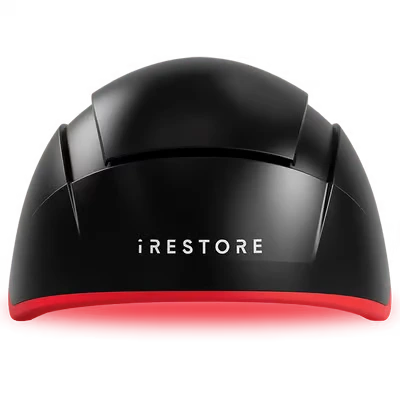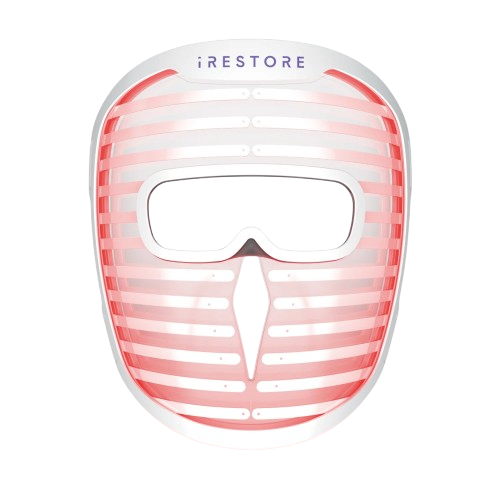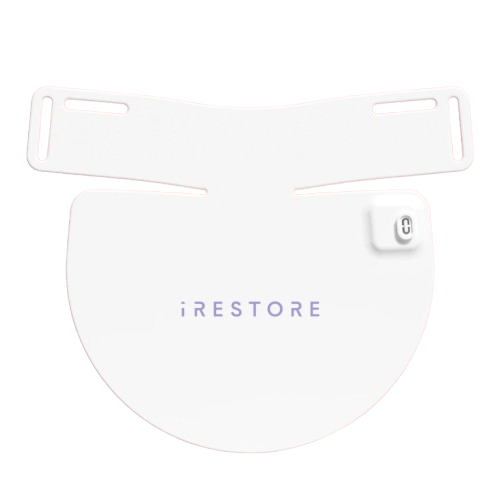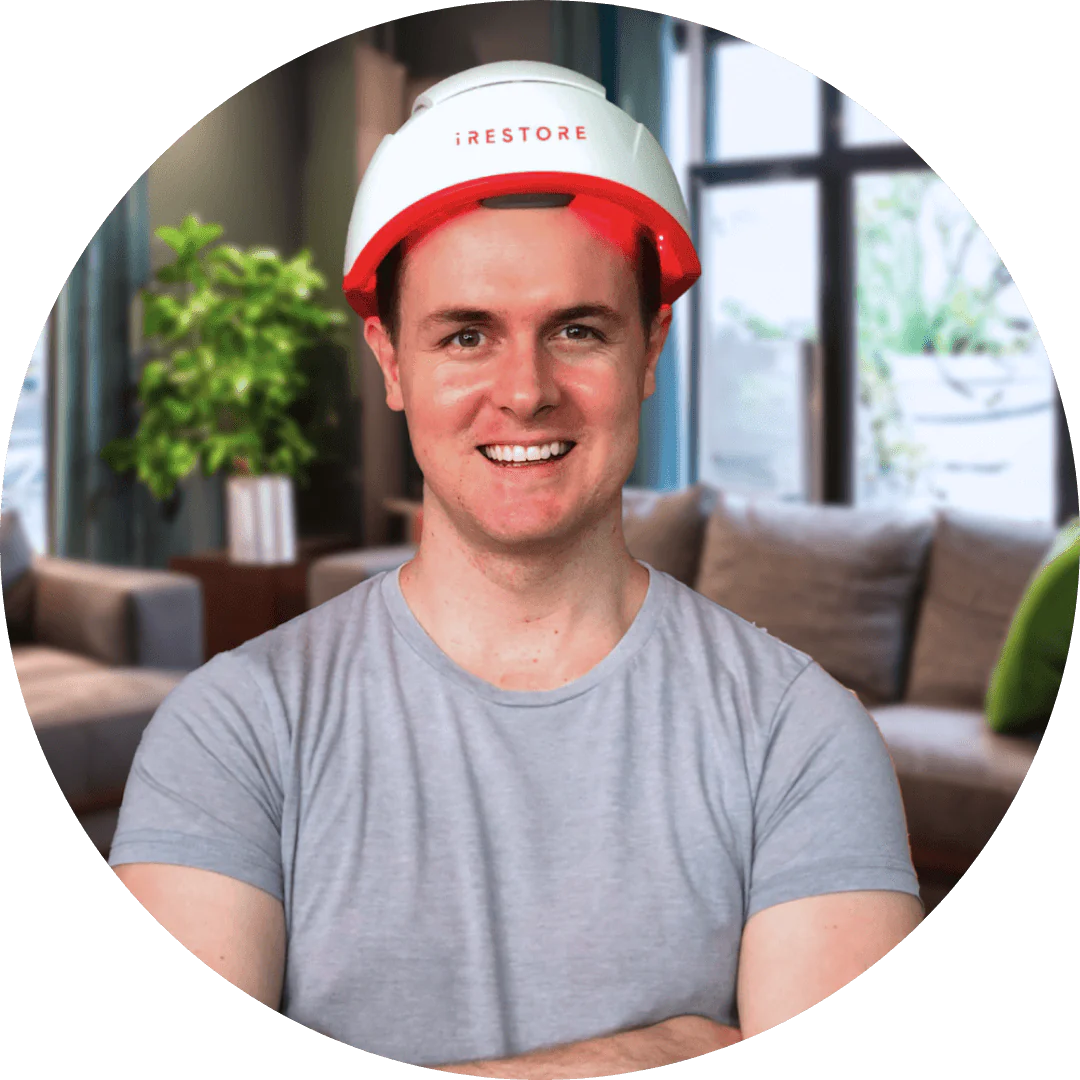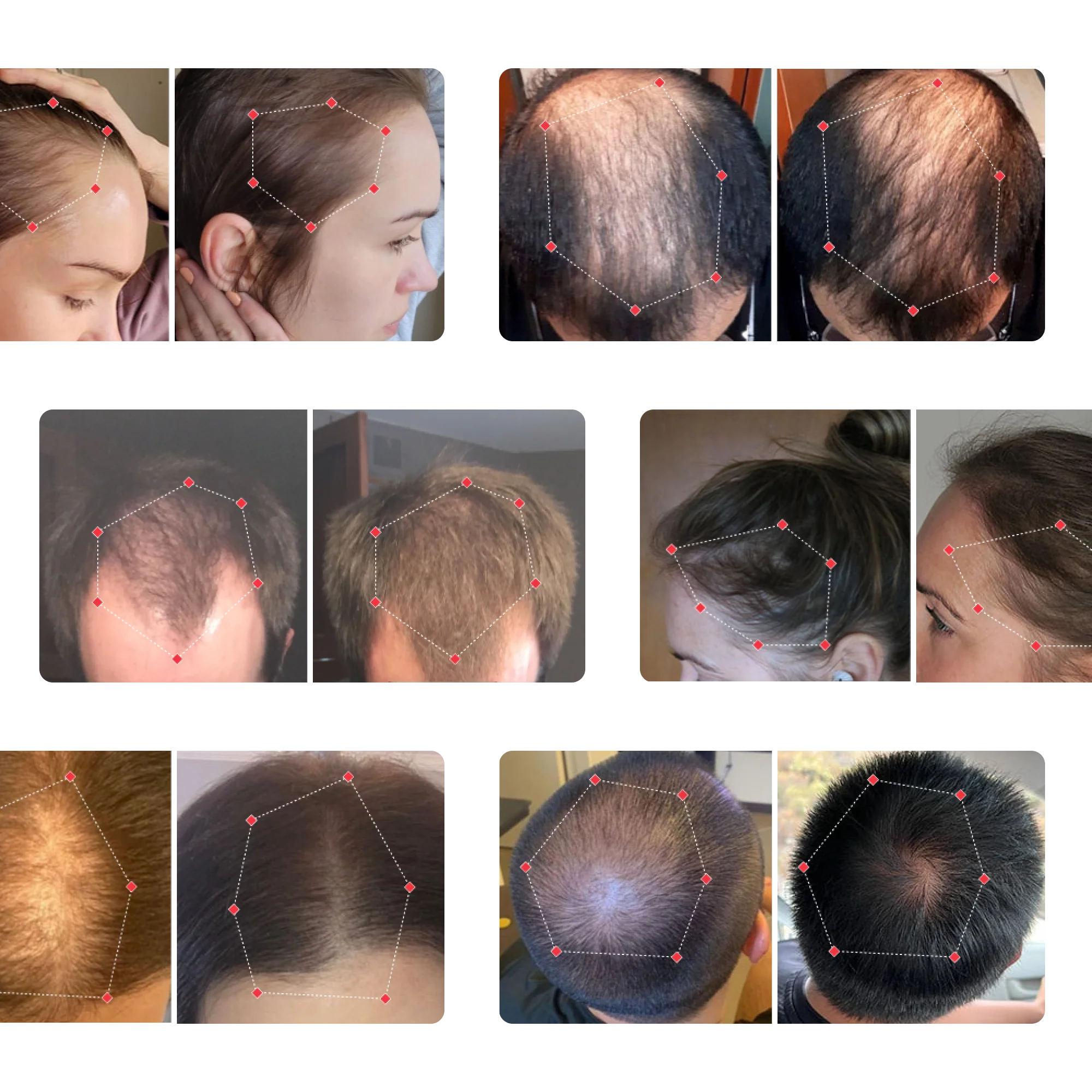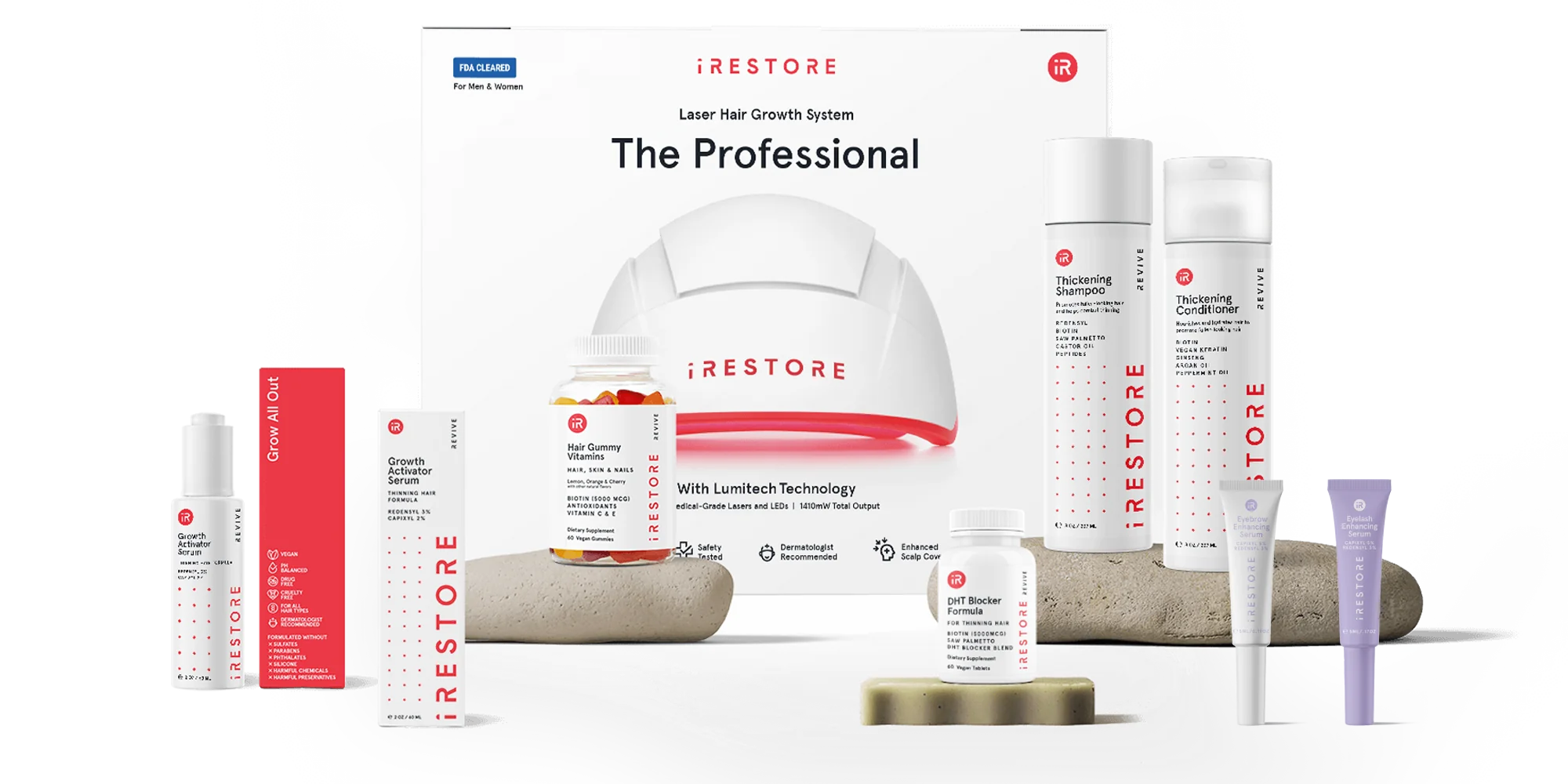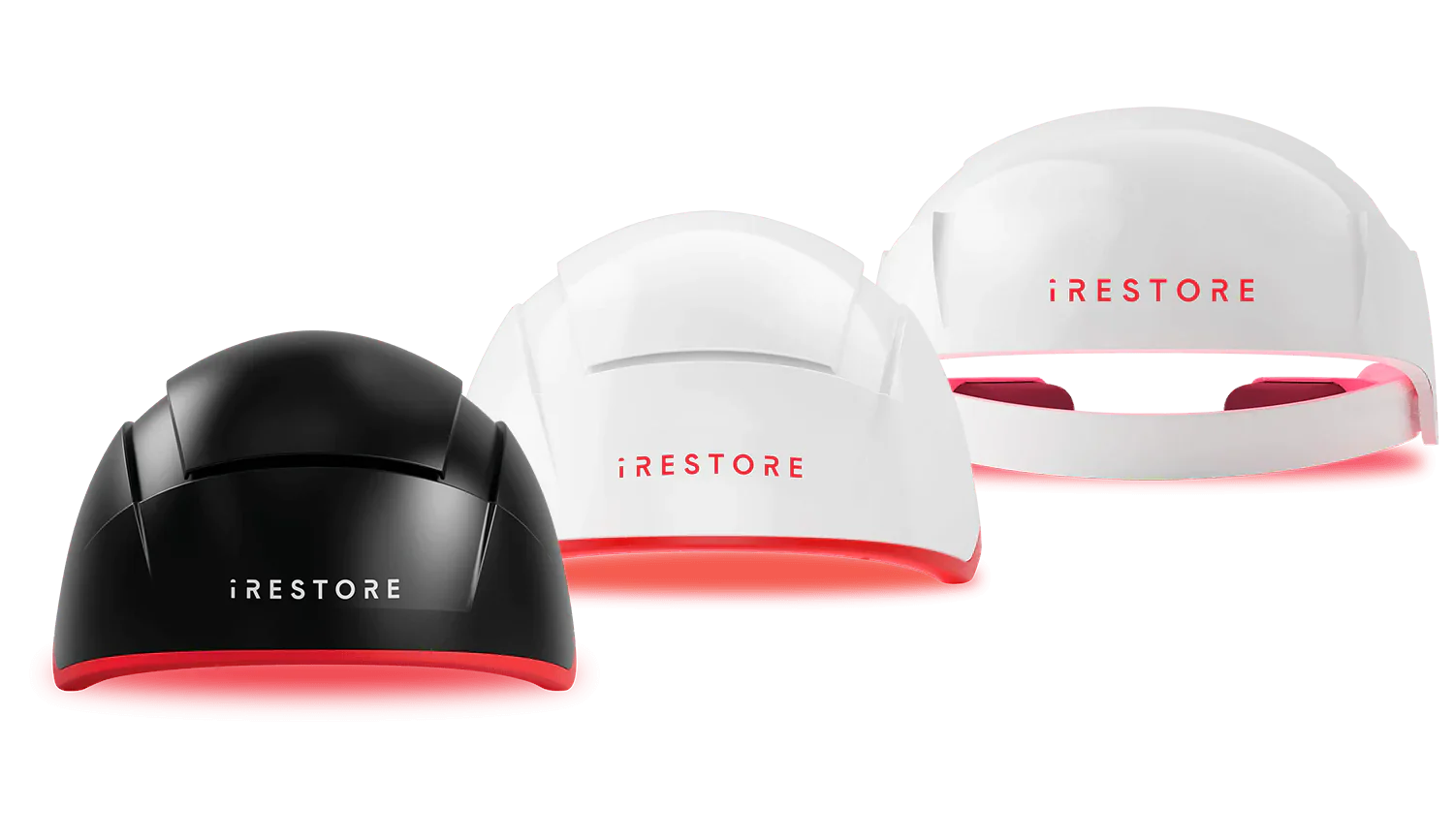Low-level laser therapy is a type of alternative medicine that requires low-level laser light. It has long been established that red or near-infrared laser light enhances tissue repair and regeneration and low-intensity light termed low-level laser therapy (LLLT) activates cellular activity. Light is exposed to the outer skin of the body with the objective of reducing pain or inflammation, facilitating healing of wounds, tissues and nerves, or preventing tissue damage. This is a lot different from the high-level lasers that we use for surgical procedures to cut and remove hazardous tissue. Low-level laser therapy devices that generate low-power consistent monochromatic red light have been designed for various skin conditions, including hair growth.
Low-level laser therapy function
Laser hair treatment is said to operate through photochemical effects which also happens in plants with photosynthesis. If cells within tissue are stressed by disease or injury, mitochondria (or powerhouse / place where metabolism takes place inside a cell) releases harmful nitric oxide. Nitric oxide displaces the oxygen needed from the cells, causing inflammation or cell death. When tissues absorb light from low-level laser therapy (through a mechanism that is not yet well understood), nitric oxide is disassociated (or irreversibly divided) allowing more oxygen to transfer to the cells and therefore through the oxygenation of the tissues. Through this process, cell metabolism and mitochondria function are restored, enabling tissue health. The penetration of light is also said to increase cell growth and migration (regeneration) and to modulate the rate of growth factors and inflammatory mediators.
Typically, the use of laser hair treatment to alleviate pain and inflammation and promote healing has been seen as questionable over the last few years. The uncertainty of the exact process and the biochemical mechanism of this procedure add to the conflict. In addition, research has not always favoured the effectiveness of low-level lasers, but this may be due to the need for very specific parameters for low-level laser therapy to be effective. Tests have shown that this treatment procedure is more effective than placebo, and it is proposed that a large number of illumination criteria (wavelength, fluency, power density, pulse configuration, and timing) need to be met in order to obtain this positive outcome.
Safety and potential side effects
Low-level laser therapy has shown a remarkably low incidence of adverse reactions when used for a variety of medical conditions and anatomical areas for over 50 years. In the particular area of laser treatment for hair loss, the only adverse reactions in humans were the temporary onset of TE developing in the first 1–2 months after commencing LaserComb treatment, but disappearing on continued application. Other possible considerations include the presence of dysplastic or malignant lesions on the scalp, which could be stimulated by the proliferative effects of LLLT.
